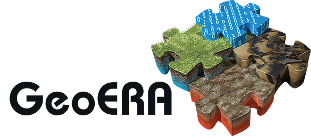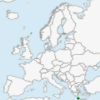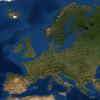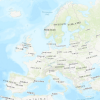
Details
Content not displaying? Try in a new window:
« en
Layers
Search EGDI metadata catalogue
Add your own data (WMS)
Use this search to find WMS service entries in the EGDI Metadata Catalogue.
Details
Activate at least one data set in the left menu





